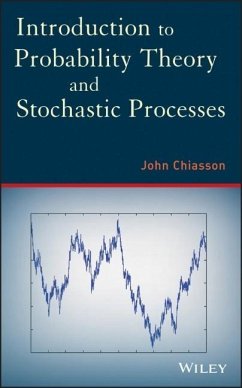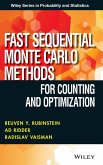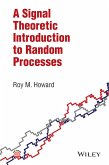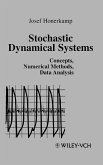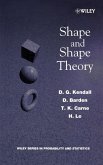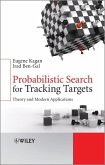A unique approach to stochastic processes that connects the mathematical formulation of random processes to their use in applications This book presents an innovative approach to teaching probability theory and stochastic processes based on the binary expansion of the unit interval. Departing from standard pedagogy, it uses the binary expansion of the unit interval to explicitly construct an infinite sequence of independent random variables (of any given distribution) on a single probability space. This construction then provides the framework to understand the mathematical formulation of probability theory for its use in applications. Features include: * The theory is presented first for countable sample spaces (Chapters 1-3) and then for uncountable sample spaces (Chapters 4-18) * Coverage of the explicit construction of i.i.d. random variables on a single probability space to explain why it is the distribution function rather than the functional form of random variables that matters when it comes to modeling random phenomena * Explicit construction of continuous random variables to facilitate the "digestion" of random variables, i.e., how they are used in contrast to how they are defined * Explicit construction of continuous random variables to facilitate the two views of expectation: as integration over the underlying probability space (abstract view) or as integration using the density function (usual view) * A discussion of the connections between Bernoulli, geometric, and Poisson processes * Incorporation of the Johnson-Nyquist noise model and an explanation of why (and when) it is valid to use a delta function to model its autocovariance Comprehensive, astute, and practical, Introduction to Probability Theory and Stochastic Processes is a clear presentation of essential topics for those studying communications, control, machine learning, digital signal processing, computer networks, pattern recognition, image processing, and coding theory.

